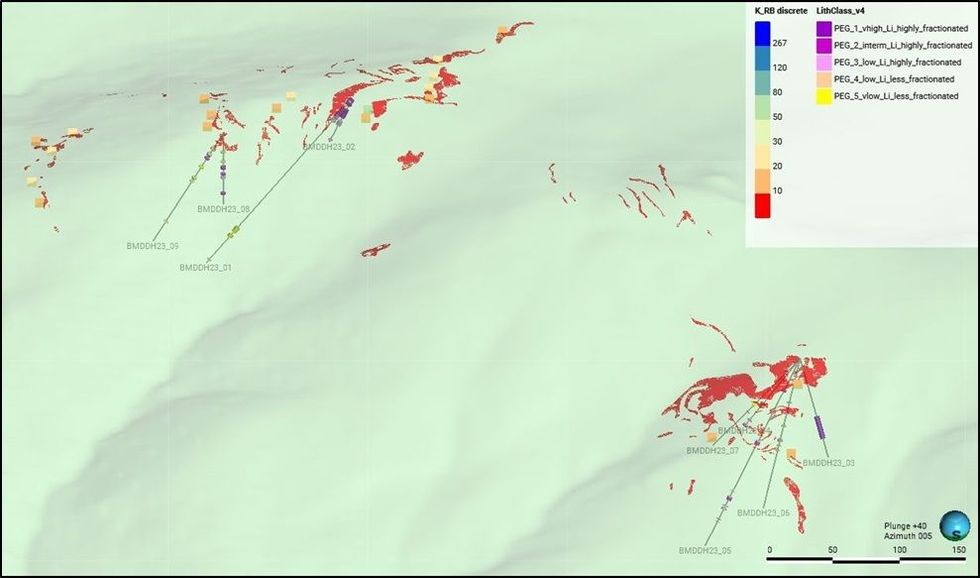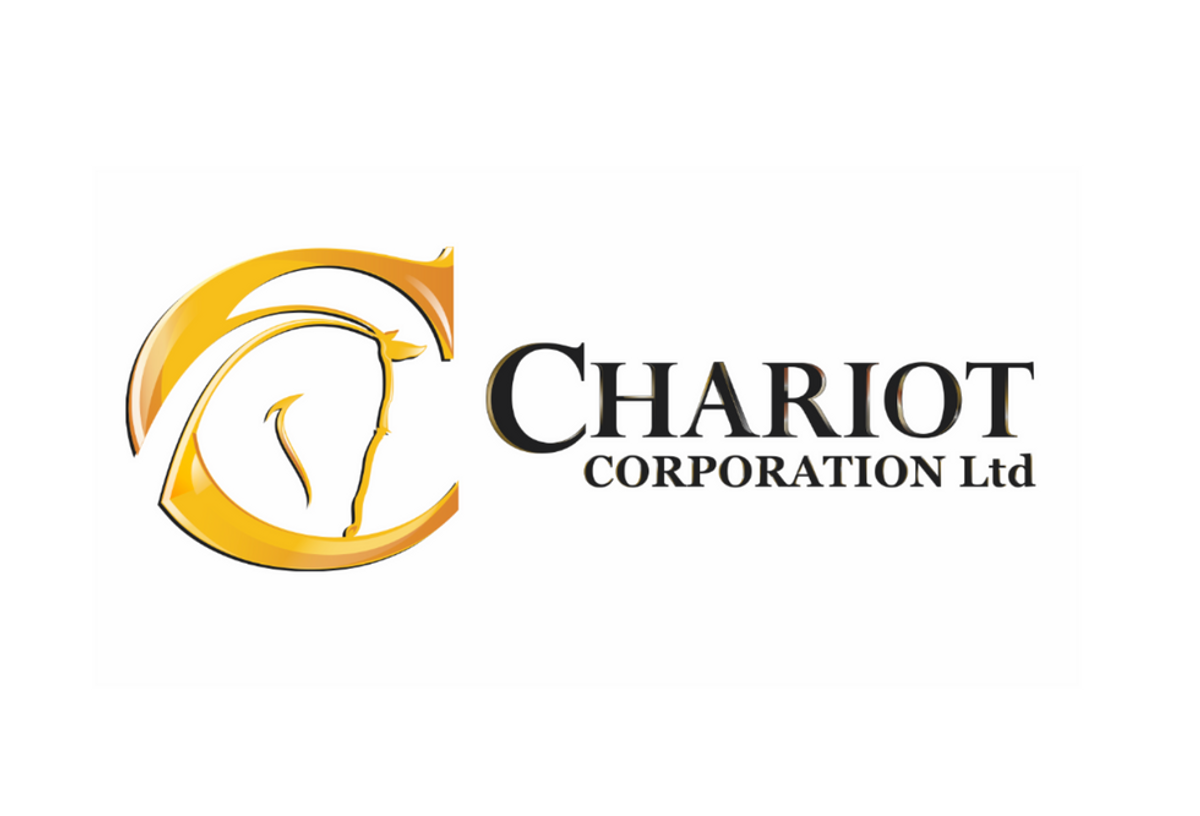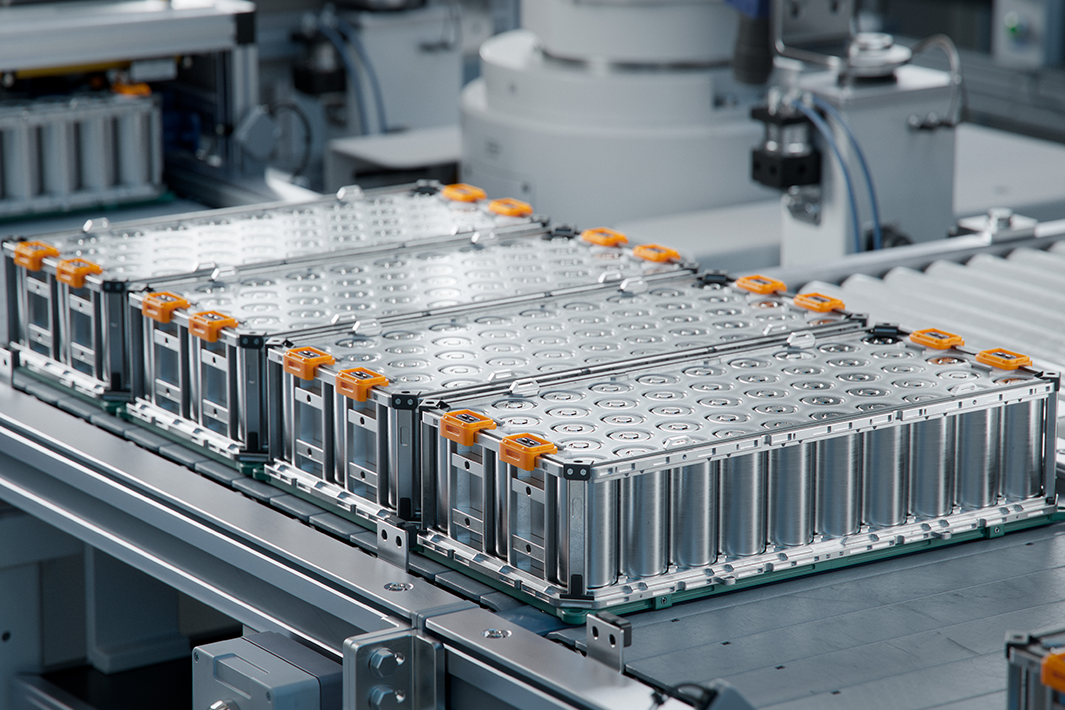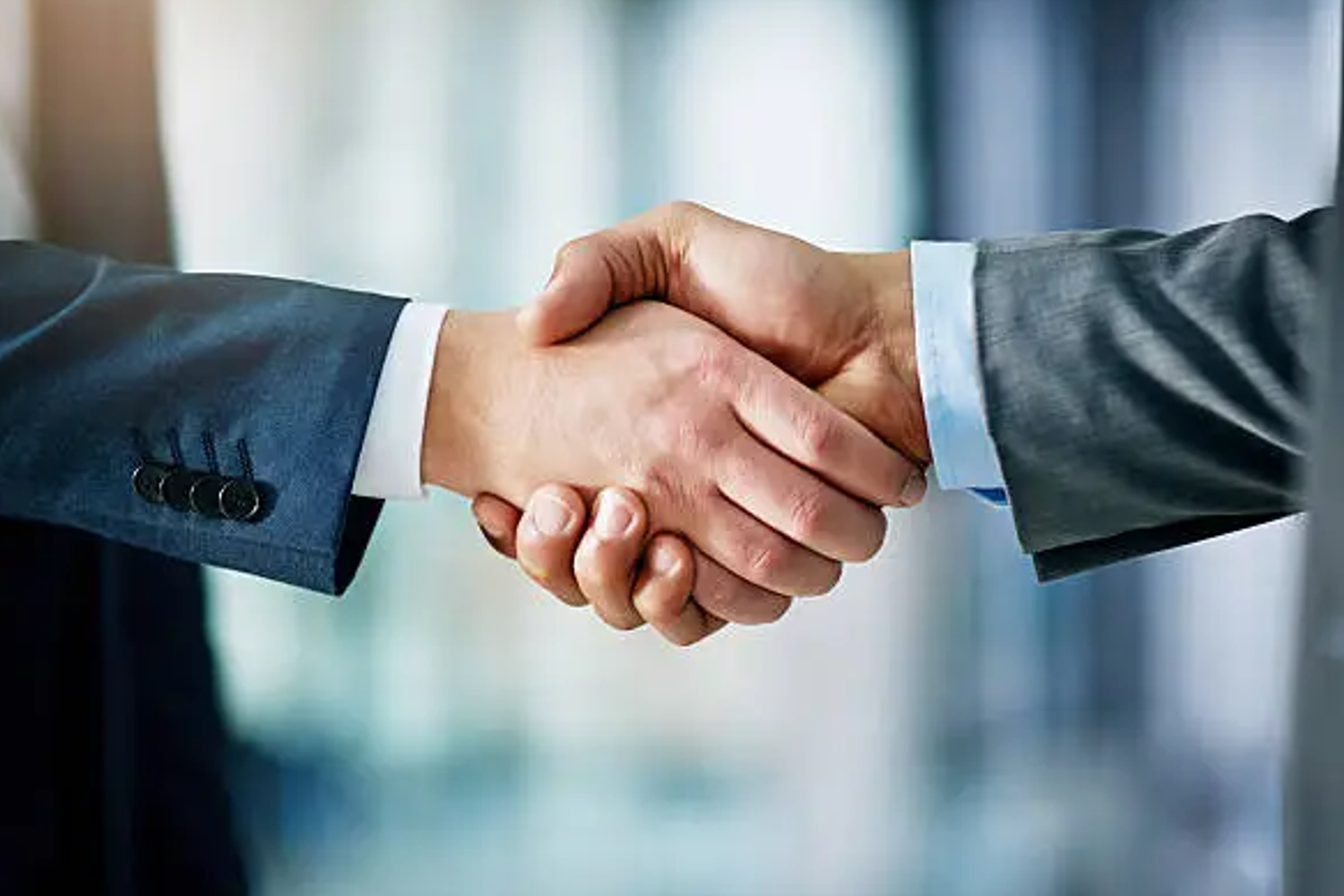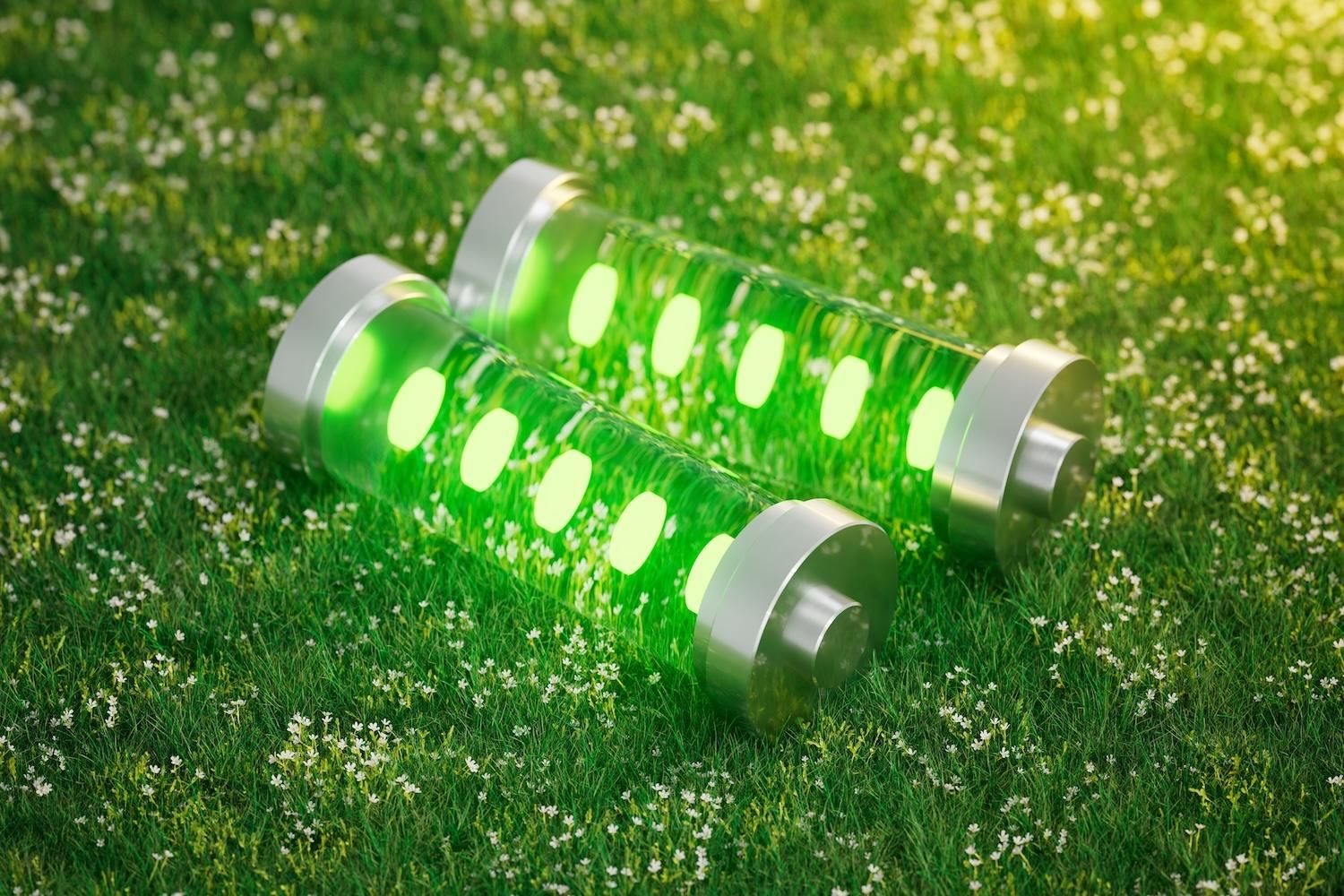
August 19, 2024
Chariot Corporation Limited (ASX:CC9) (“Chariot” or the “Company”) is pleased to announce that it’s K-feldspar testing program conducted at its Black Mountain hard rock lithium project (“Black Mountain”) has confirmed the moderately to highly fractionated state of the outcropping LCT pegmatites at the project.
HIGHLIGHTS:
- Analysis of the Rb content in K-feldspar crystals collected from outcropping pegmatites at Black Mountain confirms the moderately to highly fractionated state of the outcropping lithium-caesium-tantalum (LCT) pegmatites
- The K-feldspar potassium to rubidium (K:Rb) ratios of less than 30 are concentrated in the southern group of pegmatites, confirming that they remain the most prospective for lithium mineralization and, accordingly, are now the primary targets for future drilling
- The results of this work have demonstrated to the Company that K-feldspar testing can quickly and cost-effectively distinguish fractionated LCT pegmatites prospective for lithium mineralisation from unmineralised pegmatites and, accordingly, will be used at Chariot’s other projects in the U.S.A.
Chariot has identified a fractionation trend within the property, with fractionation increasing towards the south and the presence of moderate-to-highly fractionated LCT pegmatites in the central and southern pegmatite clusters at Black Mountain (“Southern Target Area”).
A pXRF (portable X-ray fluorescence) device was used on 218 potassium-feldspar (“K-feldspar”) samples collected from the outcropping pegmatites at Black Mountain.
Many of these samples also displayed anomalous caesium (Cs) and tantalum (Ta) values, further supporting the existence of LCT pegmatites in the area.
The Company will expand its drilling plans and drill test the Southern Target Area.
Chariot engaged Environmental Resources Management (ERM) to assist with an orientation sampling program at the Black Mountain project to:
1) determine fractionation states of pegmatites by sampling the K-feldspar minerals;
2) identify any fractionation trends (based on K/Rb ratios), in order to define and rank zones for further drill testing; and
3) test for LCT-pegmatite suite elements (Cs, Rb, Ta, and Sn), as further indication of LCT type pegmatites.
The results of this work demonstrate the effectiveness of using K-feldspar testing to distinguish prospective lithium mineralized LCT pegmatites from less fractionated pegmatites. K-feldspar testing has enabled the Company cost-effectively to sharpen the focus of its exploration activities at Black Mountain and will also be used to focus exploration at the Company’s other projects. K-feldspar sampling is currently being conducted at the Copper Mountain and South Pass projects in Wyoming U.S.A.
Figure 1: Black Mountain Leapfrog model showing the mapped pegmatites over the DEM, downhole pegmatite intersections and outcrop K/Rb fractionation data. Oblique view looking northeast.
Fractionation State of the Pegmatites
ERM’s experience and global dataset of K-feldspar K/Rb fractionation data indicates that pegmatites with a K/Rb value of less than 30, have the highest potential to host lithium mineralization (see also Chariot’s ASX announcement dated 19 June 20241). It was determined that the K-feldspar fractionation data from the Black Mountain pegmatites (see Table 1) are consistent with moderately to highly fractionated pegmatites with significant potential for LCT mineralization.
The pXRF analyses of K-feldspar (see Table 1) show elevated content of LCT-pegmatite suite elements (Cs, Rb, Ta, and Sn) and moderate to high fractionation states.


The Black Mountain pegmatites located in the project’s Southern Target Area exhibited K/Rb ratios averaging 24 and are associated with high-grade lithium mineralization encountered at surface and in drill holes. This drill data was provided by the Company in its ASX announcement dated 3 May 20242. The data indicates that the sampled pegmatites are all LCT-type.
Click here for the full ASX Release
This article includes content from Chariot Corporation, licensed for the purpose of publishing on Investing News Australia. This article does not constitute financial product advice. It is your responsibility to perform proper due diligence before acting upon any information provided here. Please refer to our full disclaimer here.
CC9:AU
The Conversation (0)
07 February
Chariot Corporation
Largest lithium exploration land holdings in the US
Largest lithium exploration land holdings in the US Keep Reading...
27 March
Second Amendment to Black Mountain Purchase Option
Chariot Corporation (CC9:AU) has announced Second Amendment to Black Mountain Purchase OptionDownload the PDF here. Keep Reading...
26 March
Convertible Note Financing of up to A$2.0 Million
Chariot Corporation (CC9:AU) has announced Convertible Note Financing of up to A$2.0 MillionDownload the PDF here. Keep Reading...
18 February
High-Potential WA Lithium & Gold Tenements Secured
Chariot Corporation (CC9:AU) has announced High-Potential WA Lithium & Gold Tenements SecuredDownload the PDF here. Keep Reading...
31 January
Quarterly Activities/Appendix 5B Cash Flow Report
Chariot Corporation (CC9:AU) has announced Quarterly Activities/Appendix 5B Cash Flow ReportDownload the PDF here. Keep Reading...
26 November 2024
Black Mountain Phase 2 Program has Commenced
Chariot Corporation (CC9:AU) has announced Black Mountain Phase 2 Program has CommencedDownload the PDF here. Keep Reading...
11 December
Mining the Gap: 5 Forces Shaping North America’s Lithium Supply Chain
A convergence of industry investments, government initiatives and a shifting global trade dynamic is creating an environment ripe for the development of a North American battery supply chain, with lithium playing a leading role. These trends are reshaping the region’s industrial base and opening... Keep Reading...
10 December
Rock Bottom: Strategic Window for Ground-level Lithium Investment
When lithium prices hit bottom, savvy investors know that’s exactly where the next big discovery begins — literally. Beneath the surface of global markets and remote exploration grounds, new opportunities are forming in the wake of a sharp price reset and renewed geopolitical urgency.Recent... Keep Reading...
10 December
Liontown Resources Pens Lithium Offtake Agreement with China's Canmax
Liontown Resources (ASX:LTR,OTC Pink:LINRF) has executed a binding offtake agreement with Chinese conglomerate Canmax Technologies (SZSE:300390) as part of its strategy to diversify its customer base.“Listed on the Shenzhen Stock Exchange, Canmax is one of the world’s leading manufacturers of... Keep Reading...
08 December
Trading Halt
Jindalee Lithium (JLL:AU) has announced Trading HaltDownload the PDF here. Keep Reading...
05 December
Livium Receives A$663k in RsD Tax Incentive Rebates for VSPC
Livium Ltd (ASX: LIT) (“Livium” or the “Company”) advises that it has received A$663,000 in research and development ("R&D") tax incentive rebates from the Australian Tax Office for the 2025 financial year ("FY25"), relating to its wholly owned subsidiary VSPC Pty Limited ("VSPC"). The rebate... Keep Reading...
01 December
Why SQM Says Social Dialogue is Key to Sustainable Lithium
As scrutiny continues to intensify across the battery metals supply chain, the conversation around sustainability has moved far beyond carbon footprints. At this year’s Benchmark Week, Stefan Debruyne, director of external affairs at Sociedad Quimica y Minera de Chile (SQM) (NYSE:SQM), made that... Keep Reading...
Latest News
Interactive Chart
Latest Press Releases
Related News
TOP STOCKS
American Battery4.030.24
Aion Therapeutic0.10-0.01
Cybin Corp2.140.00
